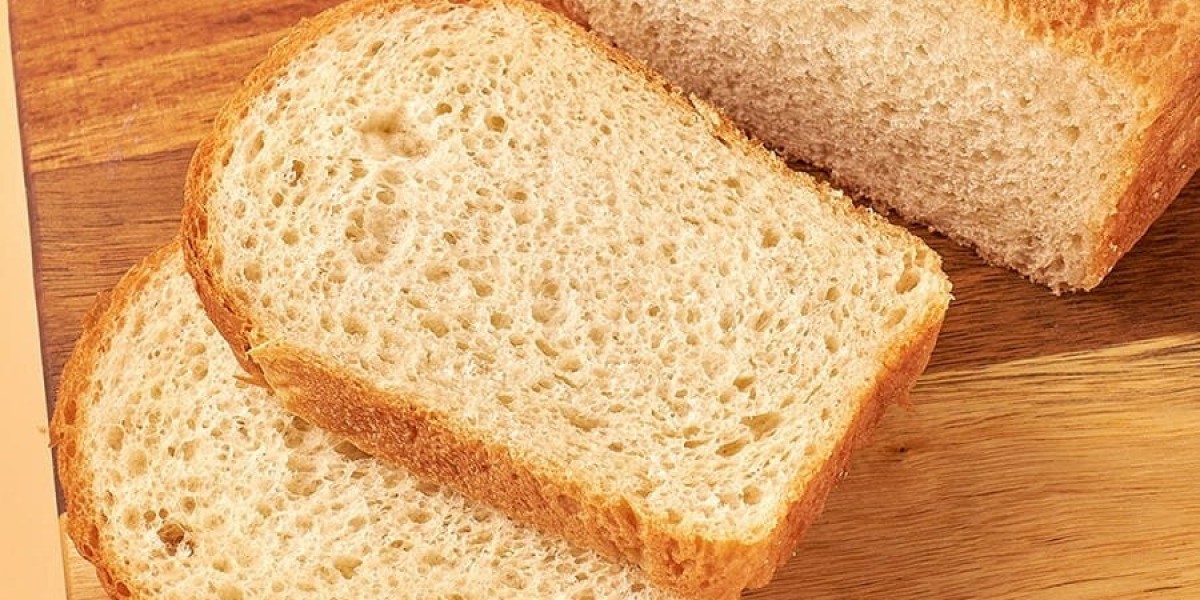Molded paper, a sustainable and eco-friendly alternative to plastic and other materials, has gained significant attention in recent years. This product is created through a specialized process that involves shaping recycled paper pulp into different forms. Molded paper is widely used for packaging, protective materials, and even in the creation of innovative products such as plant pots and architectural designs. Understanding the manufacturing process behind molded paper allows businesses and consumers to appreciate its value and environmental benefits. This article delves into the key steps of molded paper production, from raw material selection to finishing and quality control.
Raw Material Selection and Preparation
The process of creating molded paper begins with the selection and preparation of raw materials. Primarily, recycled paper is used to make molded paper, as it is an eco-friendly option that reduces waste. Old newspapers, magazines, cardboard, and office paper can all be collected and repurposed. The first step in raw material preparation is shredding the paper into small pieces, which are then mixed with water to create a pulp. This pulp forms the base for the molded paper and is crucial in ensuring the final product's texture, strength, and environmental friendliness.
After the paper is shredded and mixed with water, the pulp is often treated with various chemicals to improve its performance. These chemicals can help bind the fibers together, enhance water resistance, or provide additional strength. Once the pulp reaches the desired consistency, it is ready for the next phase of the manufacturing process. The quality of the raw materials used in making molded paper plays a critical role in the final product's durability, appearance, and overall quality. As such, careful attention is paid to sourcing and preparing the materials for production.
Pulping and Molding Process
Once the paper pulp is prepared, the next step involves shaping the pulp into specific forms using molds. This process is known as pulping and molding, where the pulp is poured into molds of various shapes and sizes depending on the intended use of the molded paper. The pulp is carefully spread over the surface of the mold, ensuring an even distribution of material. The molds are typically made of metal or plastic, and they are designed to match the contours of the product to be created.
After the pulp has been placed into the mold, the next step is to remove excess water. This can be achieved through a combination of pressing and suction. In some cases, the pulp may be subjected to a vacuum, which helps remove water while retaining the paper's shape. Once the water has been extracted, the molded paper is left to dry. Drying can occur naturally by air or through the use of specialized drying equipment, such as drying ovens or heat lamps. This phase ensures that the molded paper retains its desired shape and gains the necessary strength and stability to function effectively in its end use.
Drying and Curing
After the molding process, the molded paper still contains moisture that needs to be removed before it can be used. Drying and curing are essential steps in ensuring the product reaches the correct hardness, durability, and functionality. The drying process can be done in different ways depending on the volume and type of molded paper. For smaller batches, natural air drying can be employed, where the shaped products are left in a controlled environment to evaporate the moisture over time. For larger-scale operations, more advanced techniques such as hot air dryers or heated metal plates are used to speed up the drying process.
Curing, on the other hand, involves further processing to ensure the molded paper has reached its optimal strength and consistency. In some cases, the paper may be cured with additional treatments to enhance water resistance or flame retardancy. These treatments often involve a chemical solution that is applied to the paper after the drying process. The curing stage also ensures that the paper retains its molded shape and does not warp or deform over time. Curing is an important step in achieving a high-quality finished product that is both functional and long-lasting.
Quality Control and Finishing Touches
Quality control is a crucial step in the molded paper manufacturing process, as it ensures that the final product meets the desired specifications. Various tests are conducted to check for the strength, durability, and consistency of the molded paper. For example, manufacturers often perform tests to determine the paper’s compressive strength, tensile strength, and resistance to water. These tests ensure that the molded paper will perform well in its intended applications, such as packaging or protective materials.
In addition to quality control testing, finishing touches are applied to enhance the appearance and functionality of the molded paper. These may include coating the paper with a layer of wax or resin to improve water resistance or to give the product a smoother finish. The molded paper may also be printed or embossed with logos, designs, or product information. Finishing touches can help give molded paper a polished look, making it suitable for a wide range of uses, from shipping materials to consumer packaging. The final stage of finishing ensures that the molded paper meets both functional and aesthetic standards.
Sustainable Manufacturing Practices and Environmental Impact
One of the most compelling reasons for the popularity of molded paper is its sustainability. The manufacturing process behind molded paper is designed to be environmentally friendly, utilizing recycled materials and reducing the need for new raw resources. The use of recycled paper pulp significantly reduces waste and lowers the environmental impact compared to traditional packaging materials, such as plastic and styrofoam. Moreover, molded paper is biodegradable and compostable, meaning it breaks down naturally over time without causing harm to the environment.
Manufacturers are also increasingly adopting eco-friendly technologies and practices to further reduce the environmental footprint of molded paper production. For instance, some companies have implemented closed-loop systems that recycle water used in the production process, reducing water consumption. Others focus on optimizing energy efficiency in their operations to minimize the carbon footprint. With growing consumer demand for sustainable products, the molded paper industry continues to evolve toward more eco-conscious manufacturing practices. The environmental benefits of molded paper make it a highly attractive option for businesses and consumers seeking greener alternatives to conventional packaging and products.
Conclusion
The manufacturing process behind molded paper involves several stages, from raw material selection to molding, drying, curing, and finishing. Each step is carefully designed to create a sustainable and durable product that meets the needs of a wide range of industries. Molded paper is an eco-friendly material that plays an essential role in reducing waste and promoting sustainability. As the demand for environmentally conscious products continues to rise, molded paper’s versatility and sustainable nature position it as a leading alternative to traditional packaging and other materials. With ongoing innovations in the manufacturing process, molded paper is poised to become an even more prominent player in the quest for a greener future.


